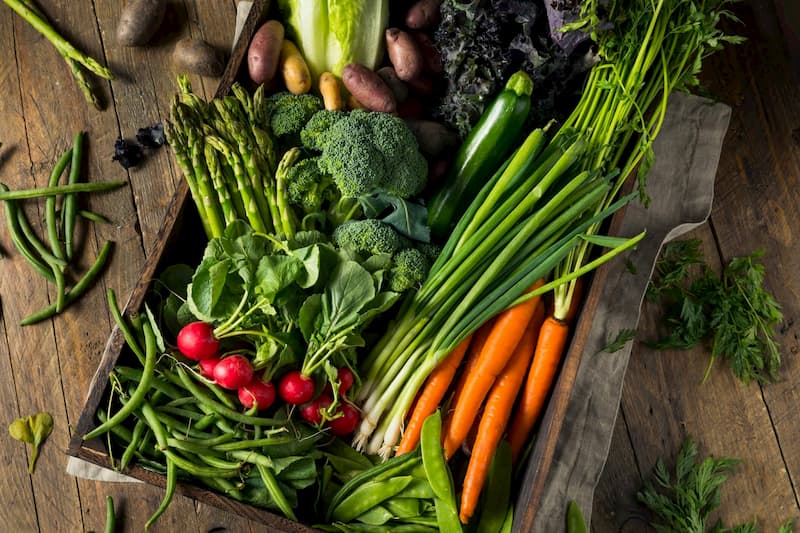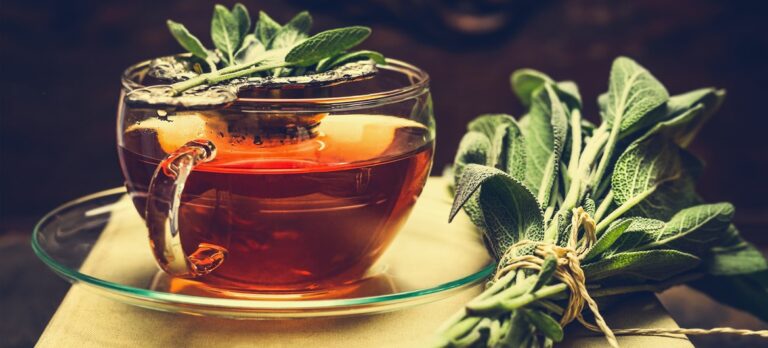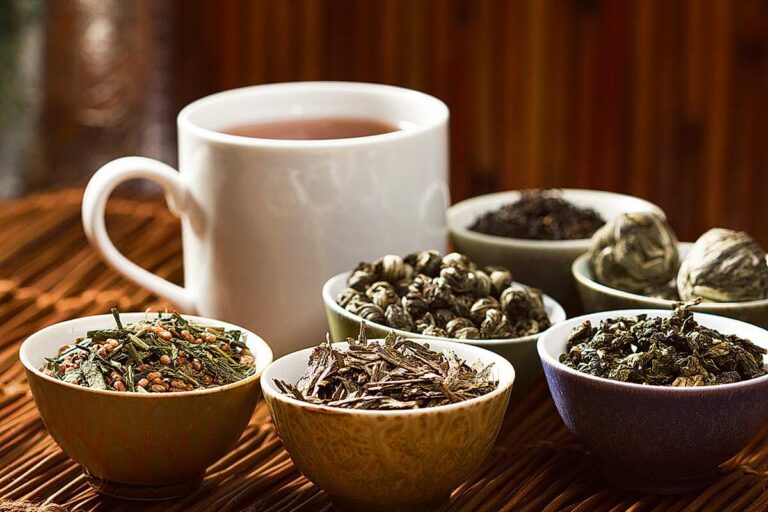Introduction:
Joint pain can be debilitating, whether it stems from arthritis, injury, aging, or chronic inflammation. While medications and therapies offer some relief, more people are turning to natural solutions—and nutrition sits at the very top of that list.
The foods you consume daily play a major role in either aggravating inflammation or soothing it. Making simple changes to your diet can have a profound effect on your joint health, flexibility, and pain levels. In this ultimate guide, we’ll explore the best foods for joint pain relief and how to incorporate them into your everyday meals to support your joints and overall well-being naturally.
🐟 1. Fatty Fish: Omega-3 Powerhouses That Soothe Swelling
Fatty fish like salmon, mackerel, sardines, and trout are among the most studied and effective foods for reducing inflammation, thanks to their high content of omega-3 fatty acids.
Benefits:
- Decrease joint stiffness and pain
- Reduce inflammatory markers (like CRP)
- May improve mobility in people with rheumatoid arthritis
How to Use:
- Eat grilled salmon 2–3 times per week
- Add canned sardines to salads or toast
- Include smoked trout in breakfast omelets
🥬 2. Leafy Greens: Antioxidant-Rich Vegetables That Combat Joint Damage
Vegetables like kale, spinach, Swiss chard, arugula, and bok choy are nutrient-dense and anti-inflammatory. They’re rich in vitamin K, vitamin C, and calcium—nutrients that support bone and joint health.
Benefits:
- Neutralize free radicals that cause joint tissue damage
- Strengthen bones and cartilage
- Reduce oxidative stress on joints
How to Use:
- Toss greens into soups, stir-fries, or smoothies
- Make a daily green salad with olive oil and lemon
- Saute spinach with garlic as a side dish
🫐 3. Berries and Cherries: Natural Inflammation Fighters in a Sweet Package
Blueberries, strawberries, raspberries, and cherries are loaded with antioxidants called anthocyanins, which help fight inflammation and reduce joint pain.
Benefits:
- Lower levels of inflammatory markers
- Protect collagen in joints
- May reduce flare-ups of arthritis
How to Use:
- Add frozen berries to smoothies
- Snack on cherries (especially tart varieties)
- Mix berries into oatmeal or Greek yogurt
🫒 4. Extra Virgin Olive Oil: Liquid Gold for Joint Lubrication
A core component of the Mediterranean diet, extra virgin olive oil contains oleocanthal, a compound that works similarly to ibuprofen in reducing inflammation.
Benefits:
- Acts as a natural anti-inflammatory agent
- Helps lubricate joints
- Supports overall heart and bone health
How to Use:
- Drizzle over roasted vegetables and salads
- Use as a base for marinades and dressings
- Replace butter with olive oil in cooking
🧄 5. Garlic and Onions: Natural Sulfur Compounds to Protect Cartilage
Garlic, onions, leeks, and shallots contain organosulfur compounds that may inhibit enzymes linked to cartilage breakdown in joints.
Benefits:
- Reduce swelling and pain in joints
- Help slow cartilage deterioration
- Support immune function
How to Use:
- Use fresh garlic in soups, sauces, and sautéed dishes
- Add raw red onions to salads or sandwiches
- Roast whole garlic bulbs as a spread
🌰 6. Nuts and Seeds: Healthy Fats That Fight Joint Inflammation
Almonds, walnuts, chia seeds, flaxseeds, and hemp seeds are high in healthy fats, fiber, and minerals—all of which contribute to reduced inflammation and joint protection.
Benefits:
- Provide omega-3s (especially walnuts, flax, chia)
- Improve joint flexibility and tissue health
- Offer vitamin E, which protects joints from oxidative damage
How to Use:
- Sprinkle seeds on cereal, oatmeal, or salads
- Snack on a handful of mixed nuts daily
- Blend hemp or flaxseed into smoothies
🥕 7. Colorful Vegetables: Cartilage-Saving Phytonutrients in Every Bite
Carrots, bell peppers, squash, broccoli, and sweet potatoes are packed with beta-carotene, vitamin C, and polyphenols, all of which are essential for joint repair and inflammation control.
Benefits:
- Vitamin C aids collagen formation in cartilage
- Beta-carotene protects joints from free radicals
- Fiber reduces gut-related inflammation
How to Use:
- Roast sweet potatoes and carrots with herbs
- Stir-fry bell peppers and broccoli with ginger
- Add diced veggies to soups and grain bowls
🍊 8. Citrus Fruits: Vitamin C for Cartilage Support and Immune Strength
Oranges, lemons, limes, grapefruits, and kiwis are high in vitamin C, a powerful antioxidant that supports collagen synthesis and reduces inflammation.
Benefits:
- Promotes joint repair and healing
- Strengthens tendons and ligaments
- Boosts immunity (less risk of inflammatory flare-ups)
How to Use:
- Start the day with fresh citrus juice or lemon water
- Add orange slices to salads or grilled chicken
- Snack on kiwi with yogurt
🥣 9. Bone Broth and Collagen-Rich Foods: Rebuilding the Joint Structure from Within
Bone broth is rich in collagen, gelatin, and amino acids that help regenerate joint tissues and lubricate joints.
Benefits:
- May reduce symptoms of osteoarthritis
- Enhances cartilage and ligament resilience
- Provides glucosamine and chondroitin
How to Use:
- Sip warm bone broth daily or use it as soup base
- Use in cooking grains, stews, or sauces
- Supplement with hydrolyzed collagen powder in smoothies
🚫 Foods to Avoid That May Worsen Joint Pain
Even the healthiest diet can be derailed by inflammatory culprits. Here are common foods that exacerbate joint pain and inflammation:
Inflammatory Foods:
- Processed sugars (cakes, candies, sodas)
- Refined grains (white bread, pasta)
- Fried and fast food
- Excessive alcohol
- Red and processed meats
- Artificial trans fats and hydrogenated oils
Tip: Replace them with nutrient-dense, whole food alternatives that heal rather than harm.
🧘♀️ Conclusion: Eat to Empower Your Joints and Reduce Pain Naturally
The connection between food and joint health is clear: the right ingredients can help reduce inflammation, protect cartilage, and ease chronic pain naturally. By consistently choosing anti-inflammatory, nutrient-rich foods, you give your joints the support they need to move more freely and comfortably.
Start with small, sustainable dietary changes—swap one meal, replace one ingredient, and build your kitchen into a place of healing. Over time, you’ll feel the difference not just in your joints, but in your overall energy, strength, and vitality.




